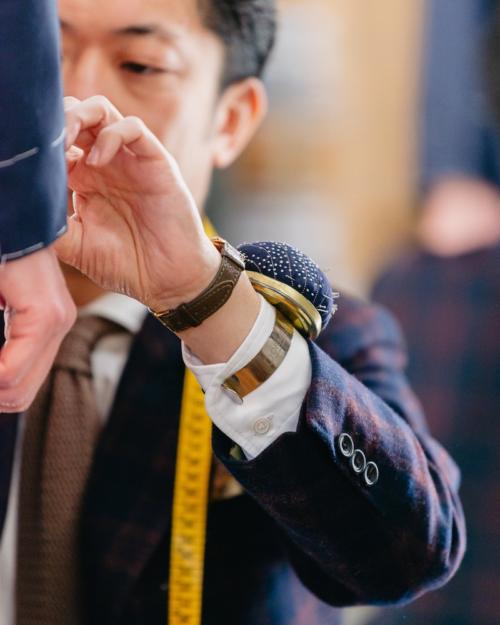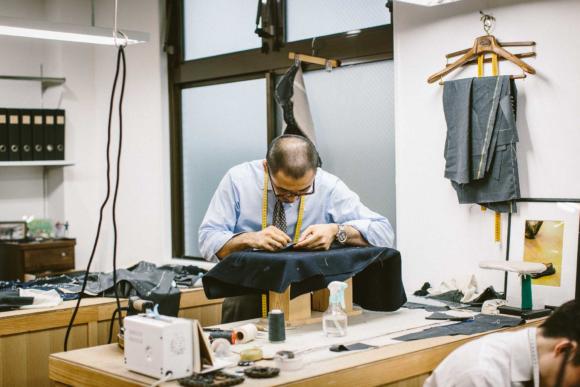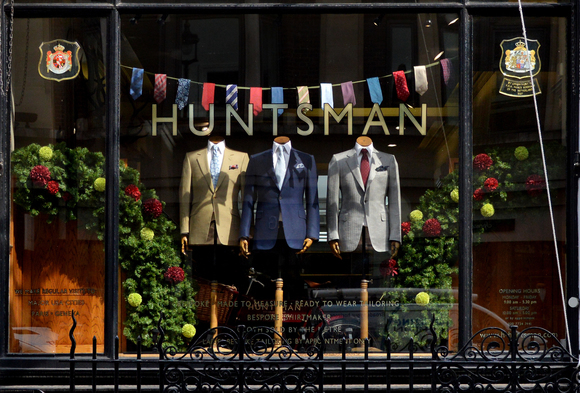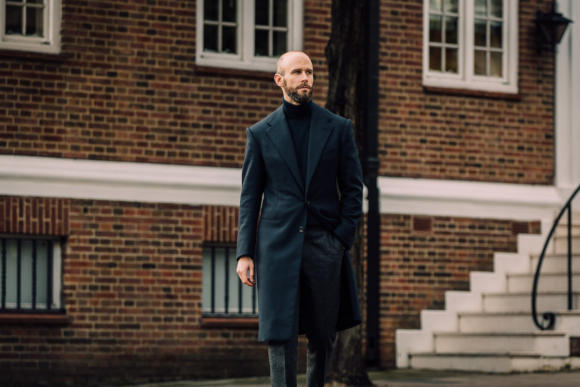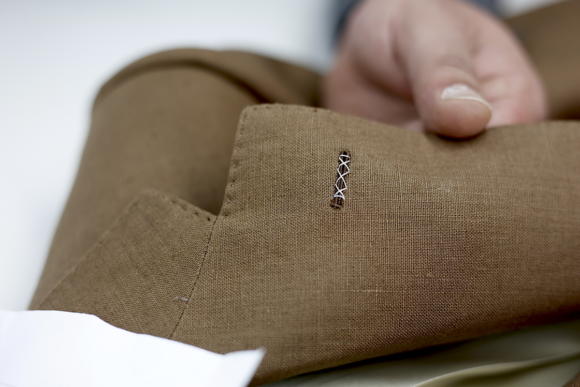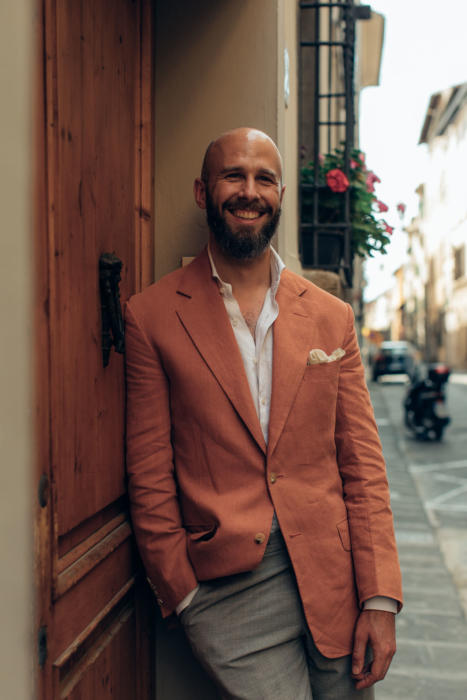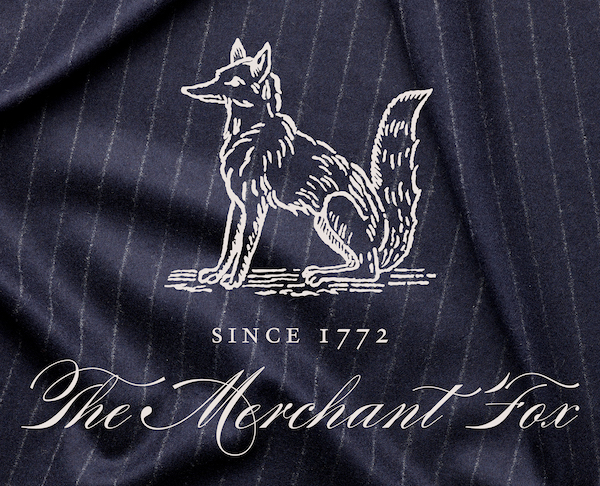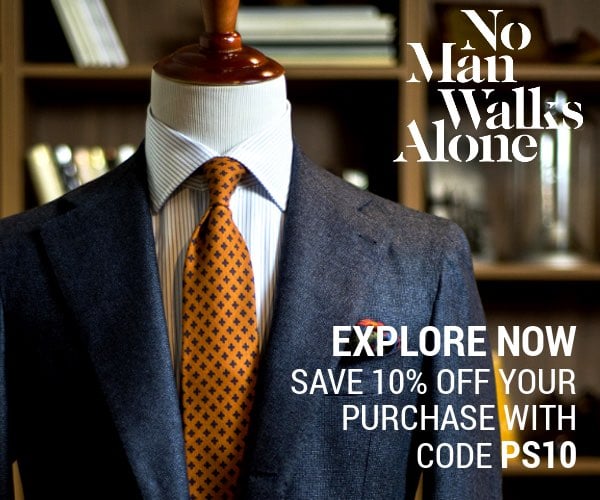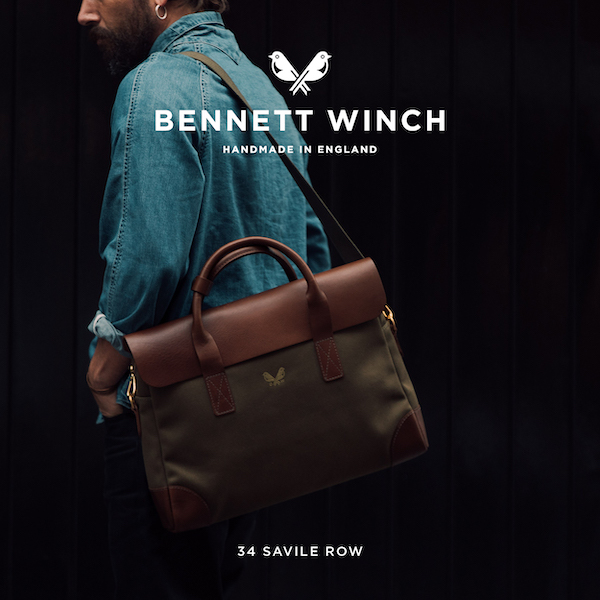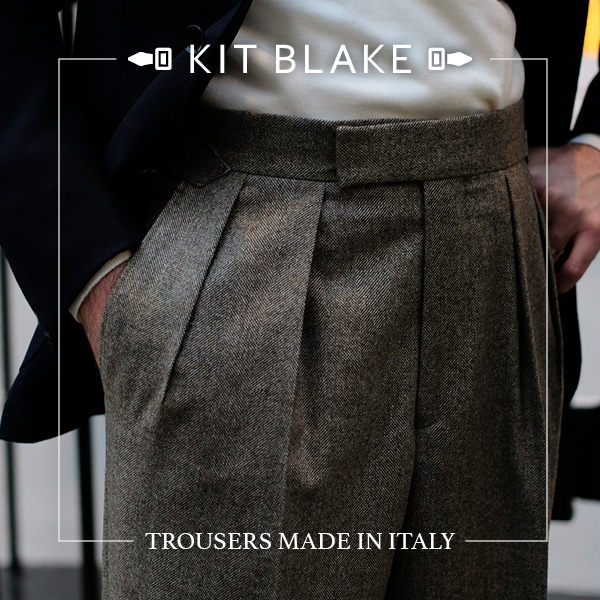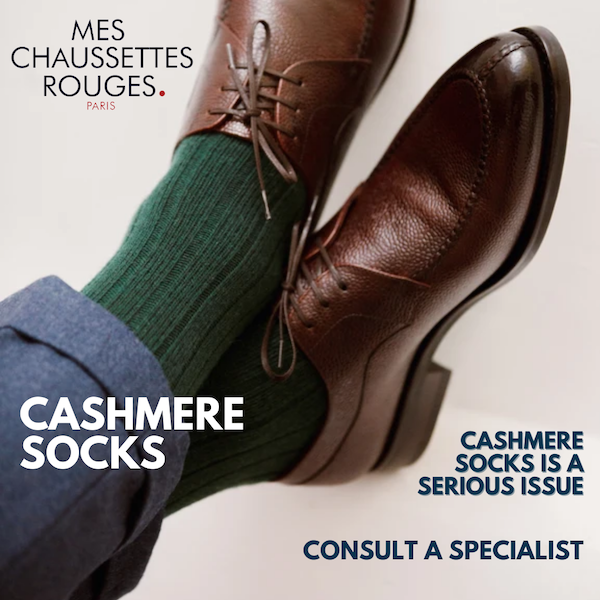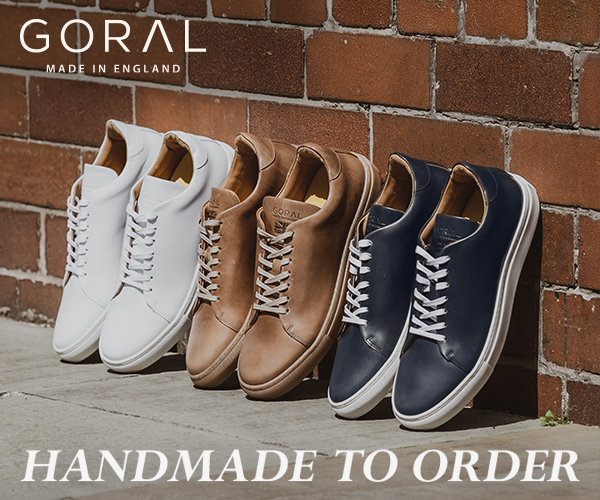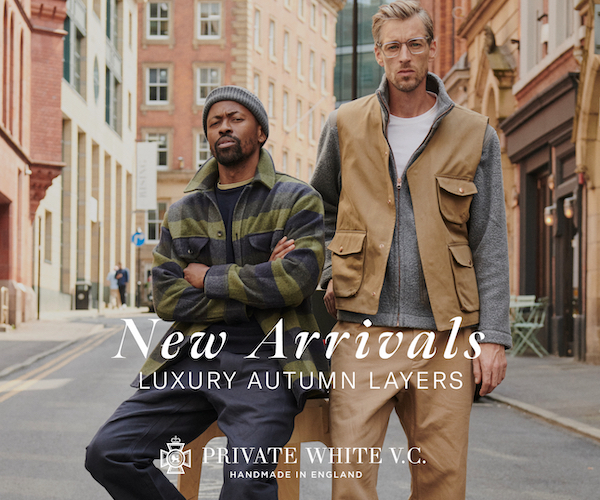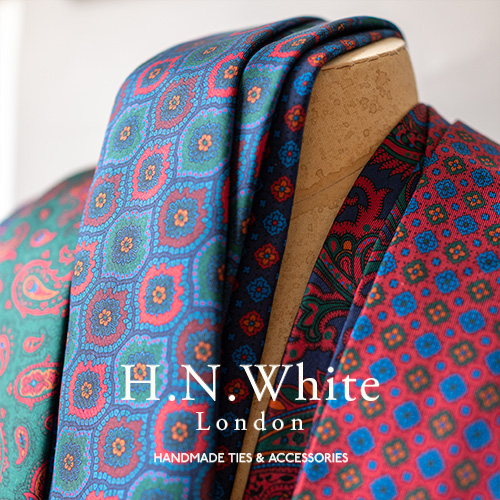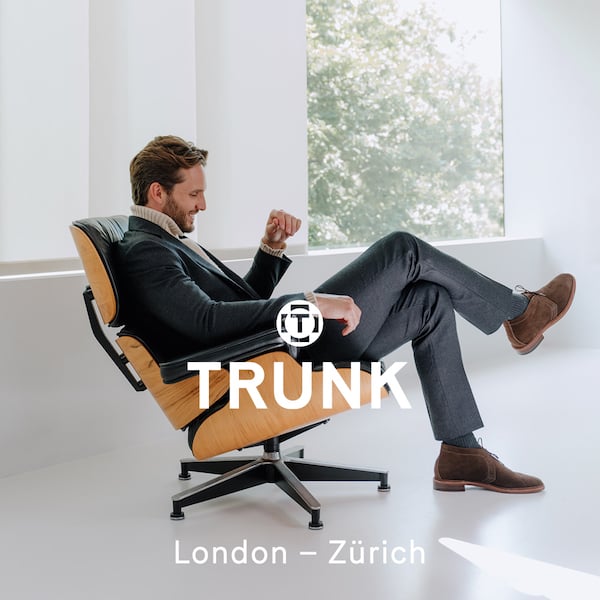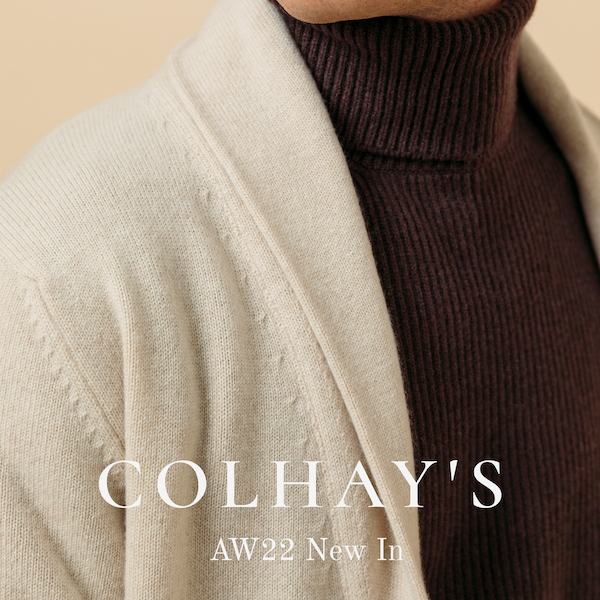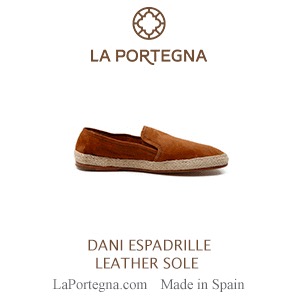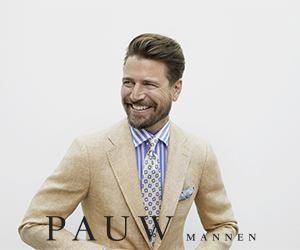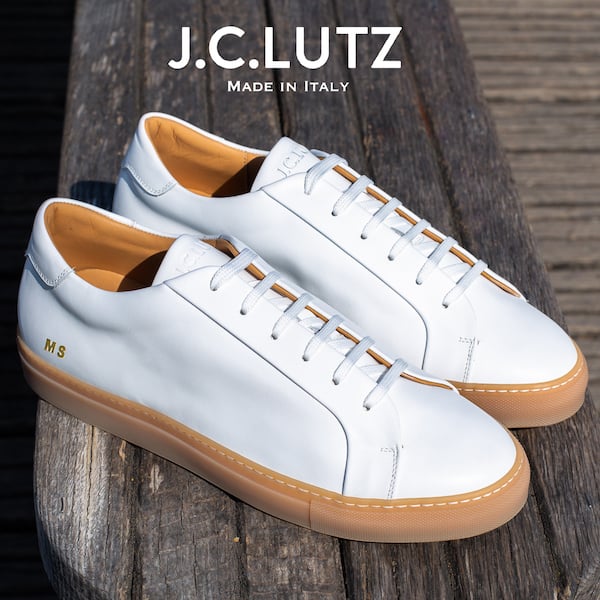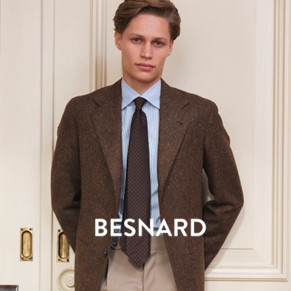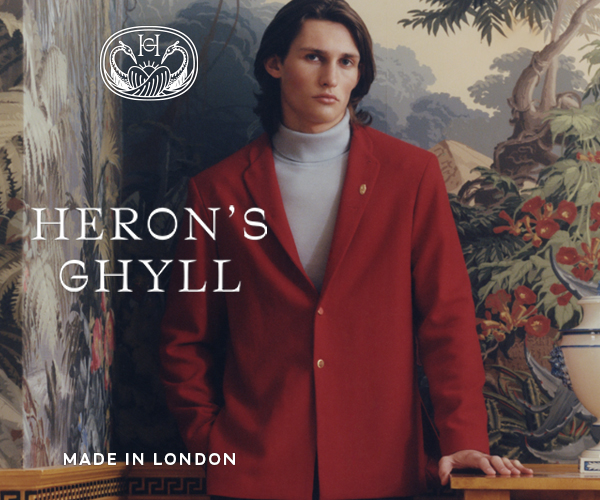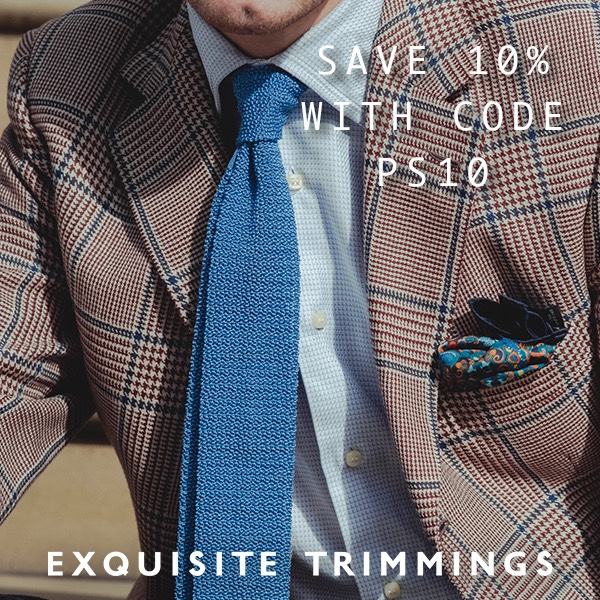
Who are my favourite tailors? (Part one)
This is the single question I get asked most, and when it is, I nearly always reply that it’s a complex area that really requires a full in-depth article.
I think it actually takes two.
In this first article, today, I’ll explain my personal priorities. This is crucial. Without it the follow-up article is misleading, perhaps even meaningless. It’s why it’s so hard when someone wants a one-line answer.
The tailor you prefer doesn’t just depend on where you live, or how much money you have. It also heavily depends on your style and lifestyle, how much you care about things like finishing, and even on your personality.
A second article, on Wednesday, will list my small number of favourite tailors, and explain why they fit these personal, subjective criteria.
Please forgive the set-up, I think it’s the only way to do this in a way that befits Permanent Style and its years of coverage of bespoke tailoring.
1. Use as few tailors as possible
I have used a huge number of tailors over the years, but mostly to present a full range to readers, in many parts of the world, with different preferences. Were this not my job, I would use far fewer – likely 3-5, with the number being driven by a need for different cuts and styles.
This is because, firstly, it usually takes a suit or two for the tailor to completely nail your pattern and preferences. And secondly…
2. Relationship is key
This is something I’ve come to realise, rather too slowly, over time. If you don’t have a good relationship with the tailor – open, honest, mutually sympathetic – you’re never going to bring up the things that bother you, and if you did they won’t understand.
This is a major reason why any list of favourites is subjective. The tailor has to be someone you get on with, which is dependent on your character as much as theirs. It also depends on culture and shared language.
3. Location matters
Another factor I’ve only realised slowly. Perhaps these points are coming to me first because they seem to get the least attention.
When you have more tailoring, you’re more likely to have old tailoring you want adjusted, or repaired, or simply looked after. This is much, much easier if the tailor is local, and if not then at least a frequent visitor. It’s a significant part of the pleasure of bespoke: visiting someone you like, at your convenience, to get your clothes cared for and consider new ones.
4. Prestigious location does not
If you want the full Savile Row experience, it’s worth paying extra to visit Huntsman, Henry Poole or Anderson & Sheppard. There is such amazing history, and they are beautiful places to be. But once you’re on your third or fourth commission, relationship will matter more. And in the long term, the product itself of course matters most of all.
So I’m perfectly happy walking up several flights of stairs to visit a tailor round the corner, and indeed happy if the work isn’t done anywhere close to Mayfair either, as long as the service is the same.
5. Style really matters
If I could, I would never commission something from a tailor without seeing a finished example first. It’s happened too often that I’ve had a coat made, for example, and disliked the shape of the collar or the lapel. You can’t always see clearly at the final fitting, and even if you could, it’s not the same as walking around in it, trying it out in person, flipping the collar.
Coats and DBs are the biggest issue, but I feel the same about cloth increasingly too. Compared to ready-made clothing, tailors’ biggest problem is style – few of them are stylish, few of them even think it’s important. In my experience it’s what puts off most men becoming long-term customers of bespoke.
6. Professionalism
Delivering what you said you would, when you would. Consistency of cut and fit. Reliability in the long term: being there to build that relationship.
Customers should often be a little more understanding when small tailors don’t answer an email for a couple of days. They are tiny operations: if you want a dedicated customer service team, go to a bigger tailor and pay more. But there is a minimum level that makes bespoke worth it, and some tailors fall short.
7. Cut is the reason to have more than one tailor
As mentioned, were I starting again I would largely use multiple tailors for different styles. It’s nice to have both a smarter English option – for me, a drape cutter – and a more casual one that suits jeans and chinos – probably Neapolitan.
Then I’d add ones that are different again, but perhaps more niche, such as Michael Browne or Edward Sexton. For a special piece like a dinner jacket, or because you simply loved a particular design (a Liverano ulster, for example).
8. Hand work matters less, to me
When I first started buying bespoke tailoring, I was fascinated by Milanese buttonholes, lapped seams and pick stitching. Partly because they were just things that caught the attention, and partly because they were exquisite pieces of craft.
I care much less about them these days. Some Neapolitan tailors are probably still too rough and ragged, but I’d actually rather have a neat hand-sewn buttonhole than a Milanese one – and I don’t care much whether the lining is hand sewn to the facing or not. Certainly, aspects of the cut such as shoulder expression or lapel shape are far more important.
9. Comfort matters more, to me
These last few criteria are more personal, and probably need less explanation.
For several years I’ve preferred tailoring that is more roomy – where that flattering ‘V’ shape is created by adding a little to the shoulders and chest, rather than taking it away from the waist. The proportions are the same, but the former is much more comfortable.
10. What you think is flattering, can be personal
I’m tall and slim, but without a particularly big chest or shoulders. The tailoring that looks best on me usually adds to those latter two things, with drape, an extended shoulder or a wider lapel. I also think having even more sloping shoulders is a price worth paying for extra width.
This is the biggest reason I’d discount tailors that cut a close chest, a narrow shoulder or a roped shoulder (the same effect as narrowing). I’m fully aware that this is related to fashion, as is number 7 above. But if everything is in moderation, that risk is reduced.
I hope that all made sense. If not, please ask any and all questions below. Part two, the list of the actual tailors, will be published on Wednesday.

